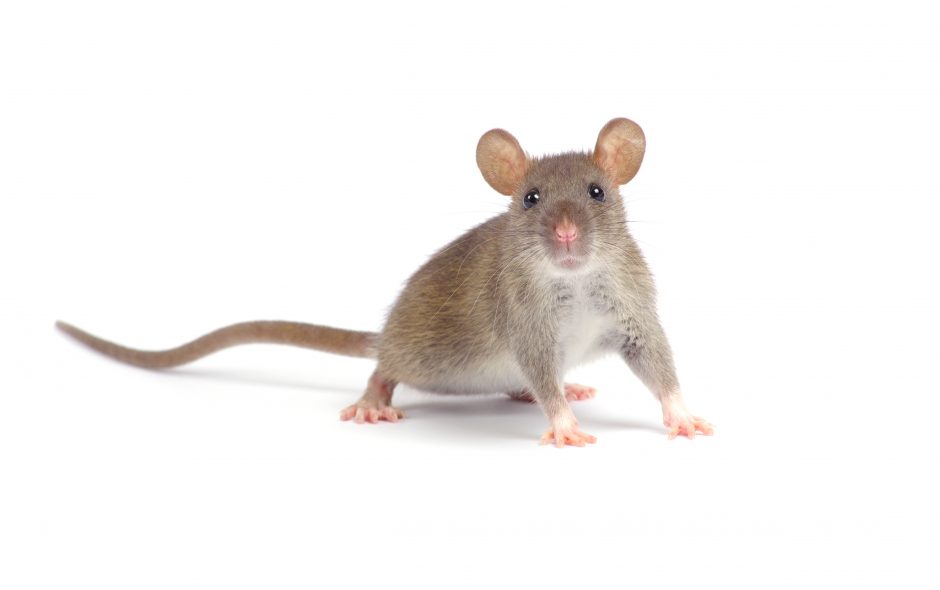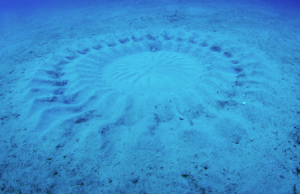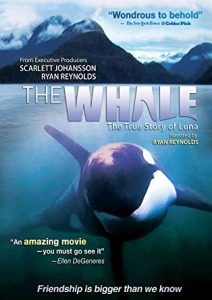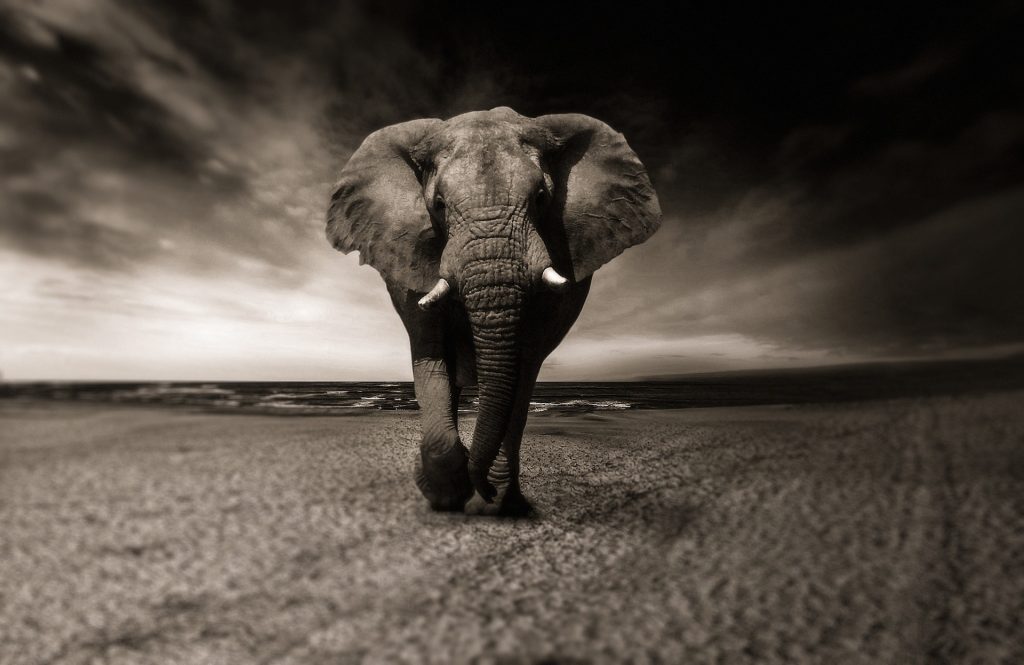We might not be able to hear them without the use of sophisticated technology, but humpback whales are loud. Don’t take my word for it. Listen to this recording:
They call to one another to gather in groups and males sing their hearts out to attract females. So after decades of listening to and studying their songs and other vocalizations, scientists were surprised to learn that these whales sometimes “whisper.”
Humpbacks migrate long distances between foraging and breeding grounds and sometimes the moms don’t get much time in the “nursery.” While in their breeding grounds, pregnant females need to be efficient about giving birth and adequately nursing their calves so that they are strong enough to tolerate the long return migration to their foraging grounds. Scientists didn’t know much about the nursing behavior of cetaceans, so Simone K. A. Videsen and colleagues decided to investigate.




